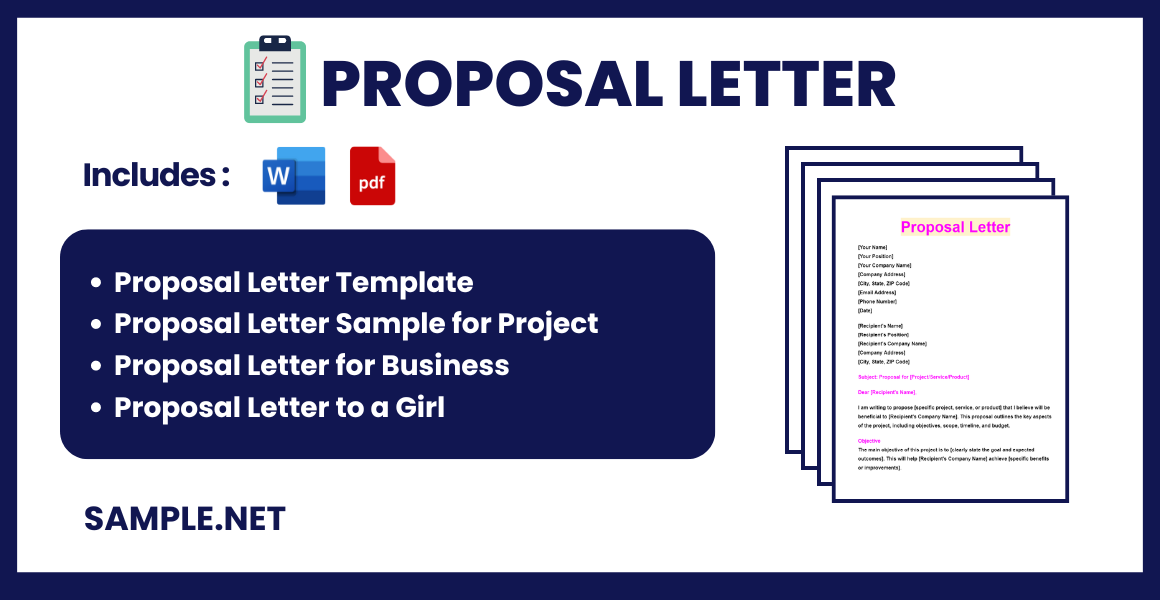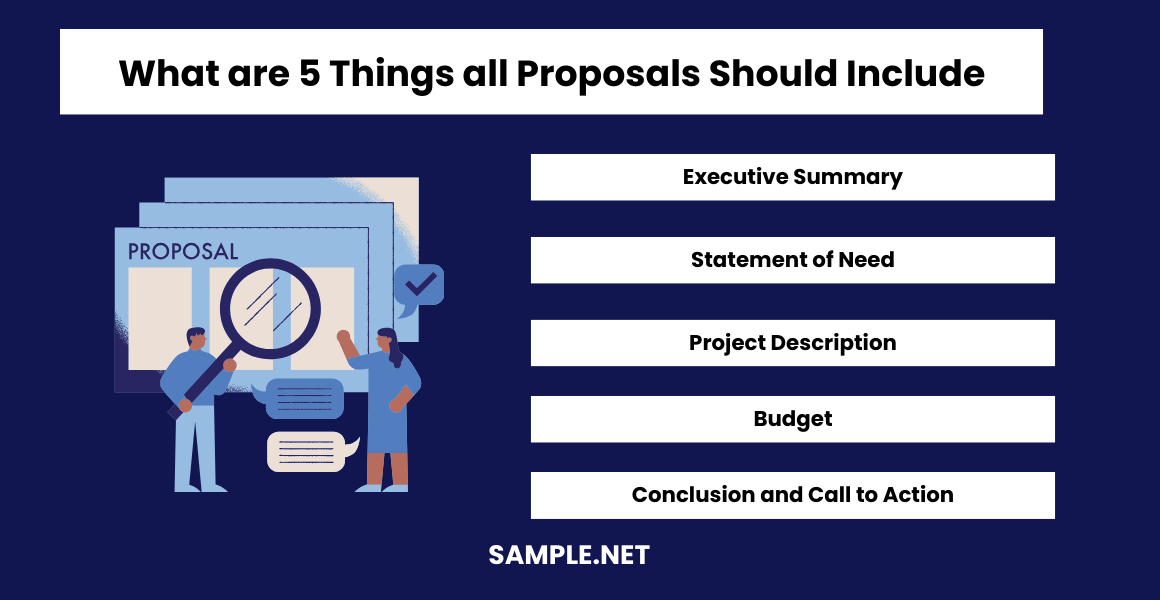-
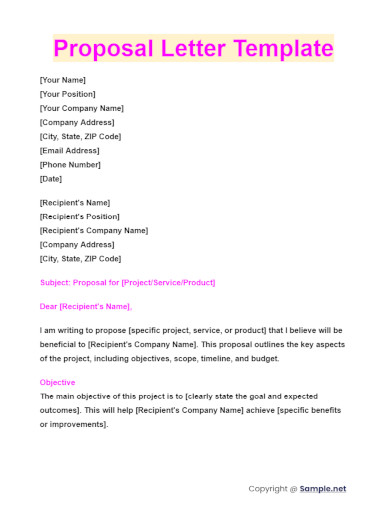
Proposal Letter Template
download now -
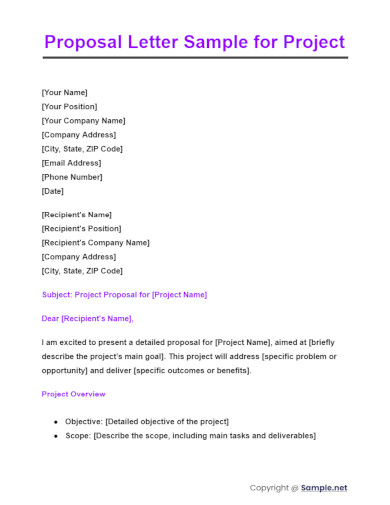
Proposal Letter Sample for Project
download now -

Proposal Letter for Business
download now -

Proposal Letter to a Girl
download now -
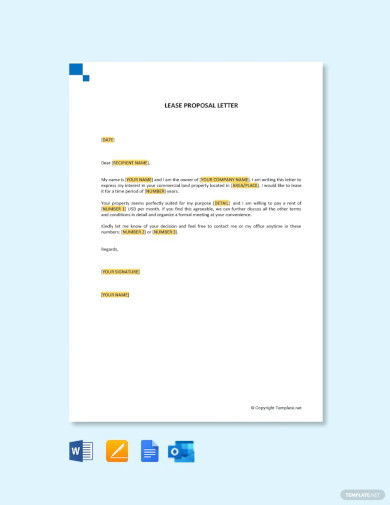
Lease Proposal Letter Template
download now -
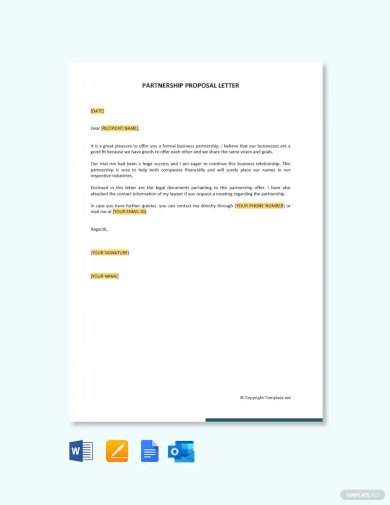
Partnership Proposal Letter Template
download now -
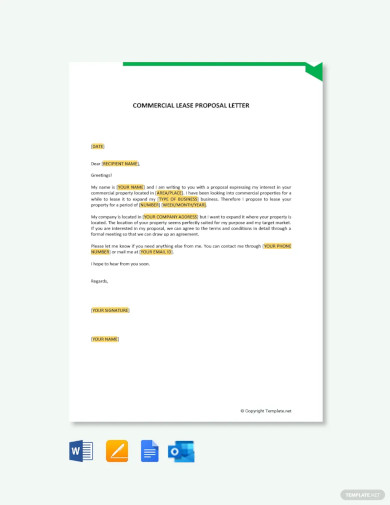
Commercial Lease Proposal Letter Template
download now -
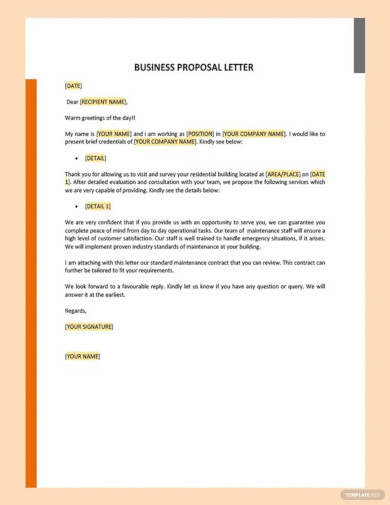
Proposal Letter for Business Template
download now -
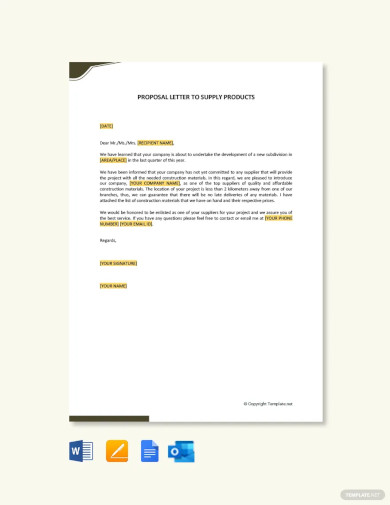
Proposal Letter to Supply Products Template
download now -
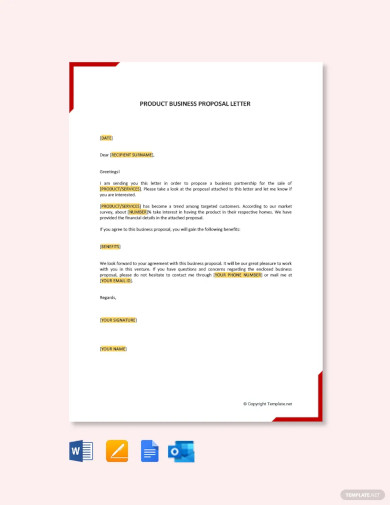
Product Business Proposal Letter Template
download now -
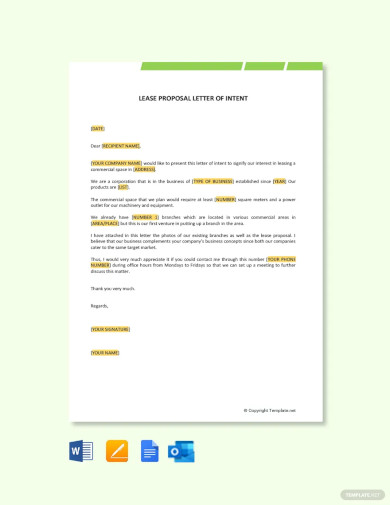
Lease Proposal Letter of Intent Template
download now -
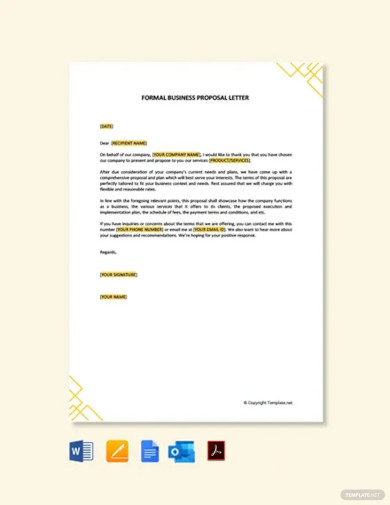
Formal Business Proposal Letter Template
download now -
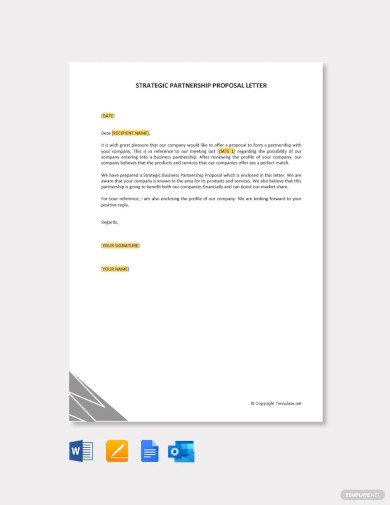
Strategic Partnership Proposal Letter Template
download now -
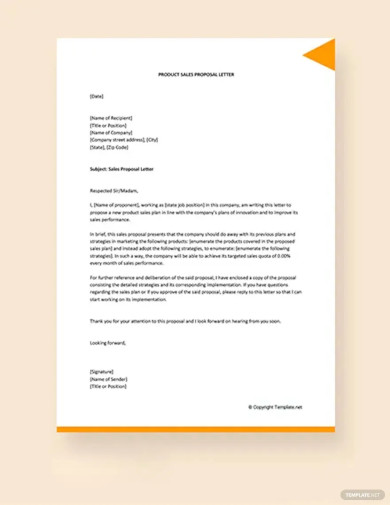
Product Sales Proposal Letter Template
download now -
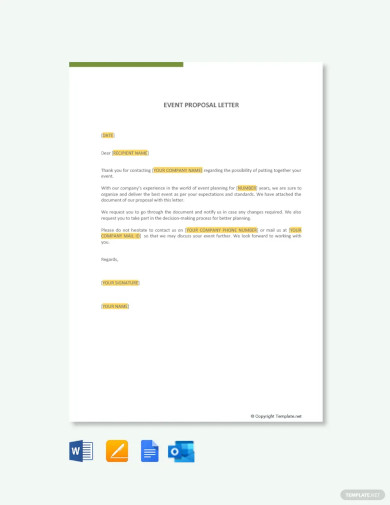
Event Proposal Letter Template
download now -
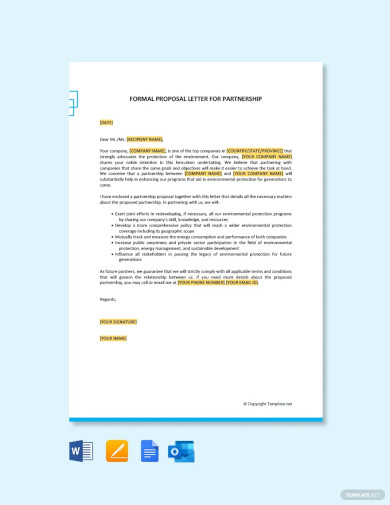
Formal Proposal Letter for Partnership Template
download now -
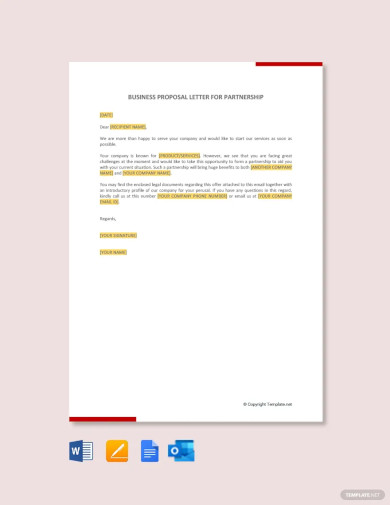
Business Proposal Letter for Partnership Template
download now -
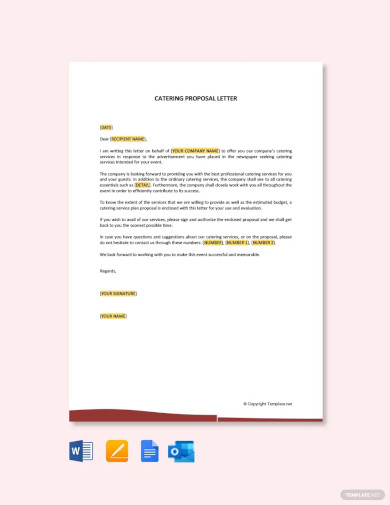
Catering Proposal Letter Template
download now -
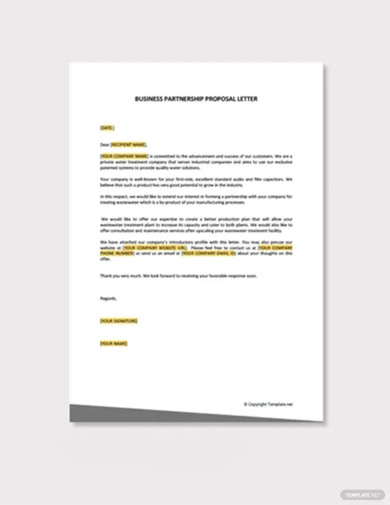
Business Partnership Proposal Letter Template
download now -
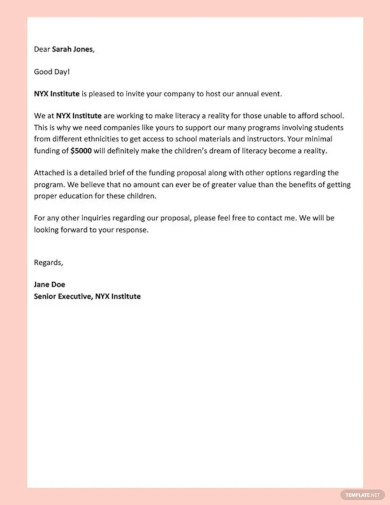
Proposal Letter Example Template
download now -
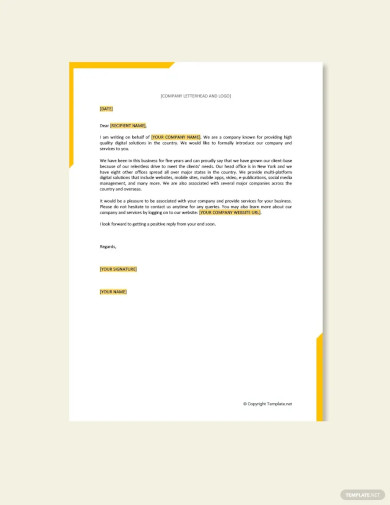
Business Proposal Letter for Service Template
download now -
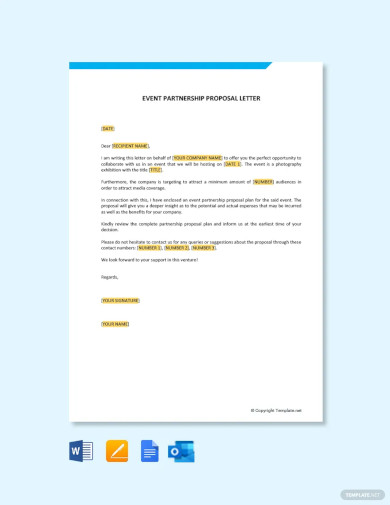
Event Partnership Proposal Letter Template
download now -
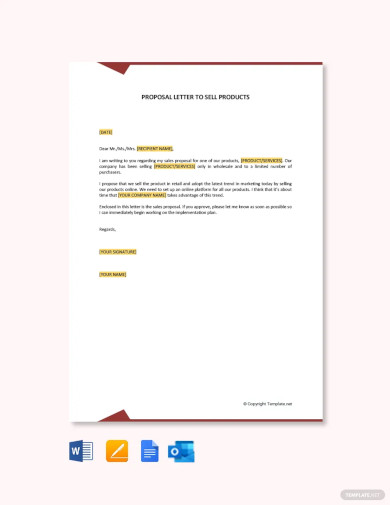
Proposal Letter to Sell Products Template
download now -
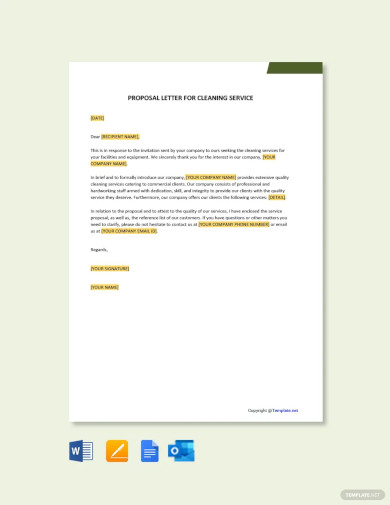
Proposal Letter For Cleaning Services Template
download now -
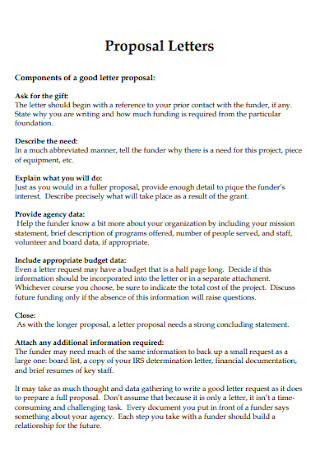
Sample Event Proposal Letter
download now -
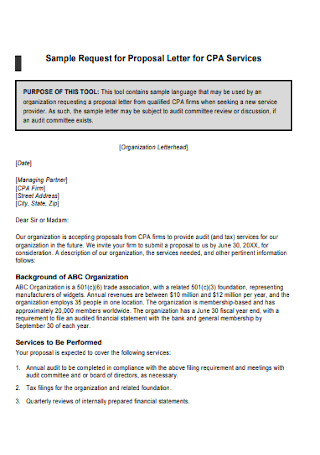
Request for Sponsorship Proposal Letter
download now -
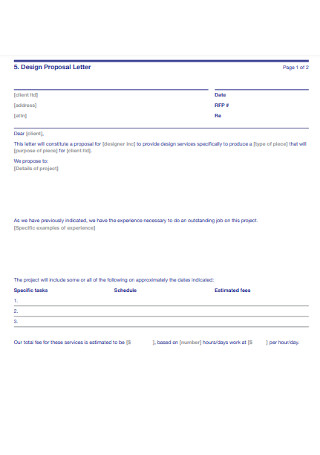
Design Partnership Proposal Letter
download now -

Sample Agency Request for Proposal Letter
download now -
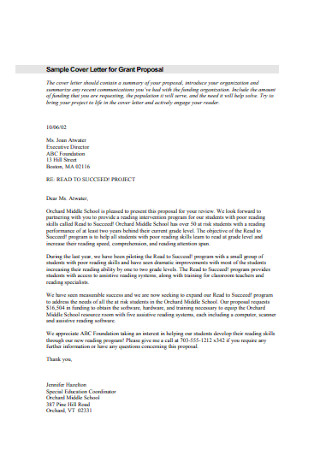
Formal Proposal Cover Letter
download now -
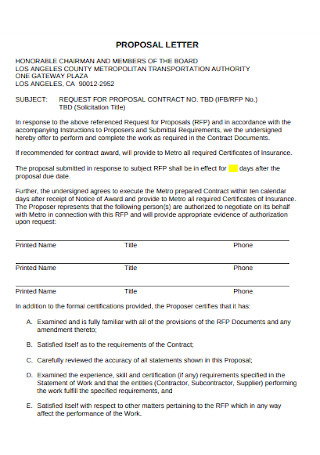
Contract Work Proposal Letter
download now -
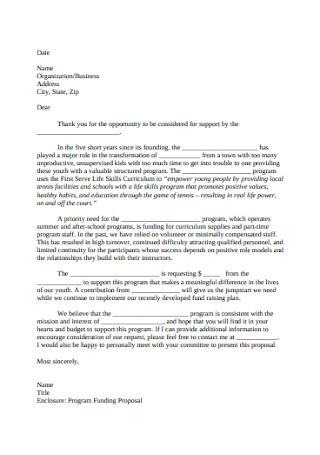
Funding Introduction Support Proposal Letter
download now -
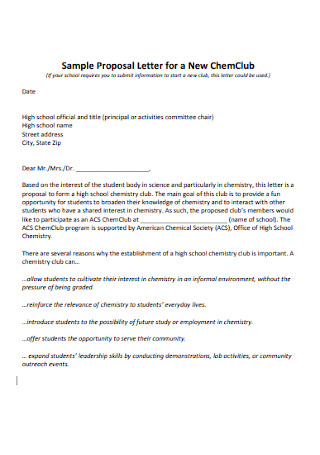
New Club Client Proposal Letter
download now -
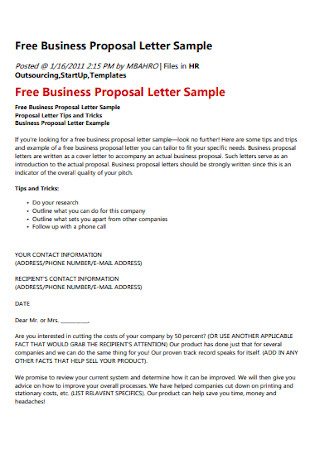
Business Supplier Proposal Letter
download now -
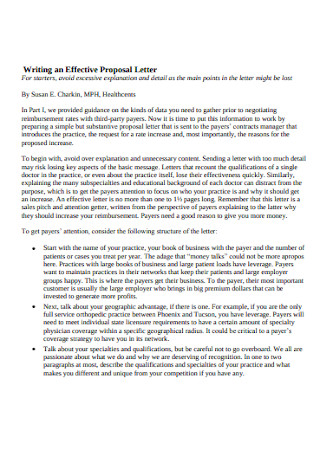
Effective Approval Proposal Letter
download now -
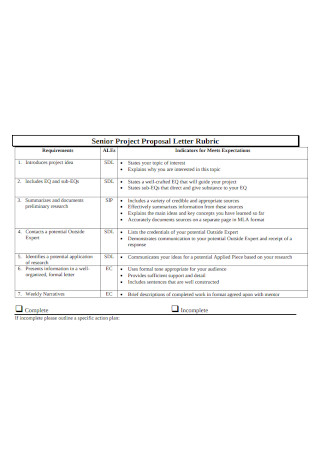
Senior Project Proposal Letter Rubric
download now -
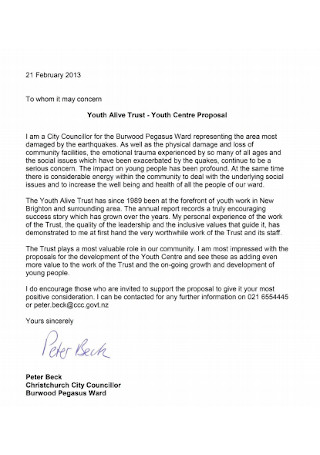
Construction Project Proposal Letter
download now -
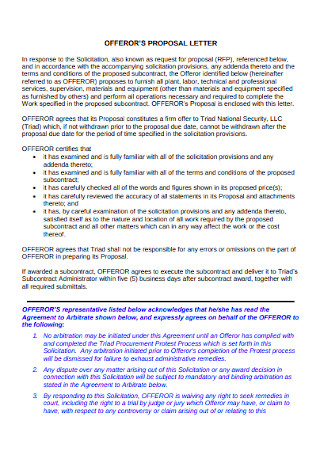
Offeror’s Government Proposal Letter
download now -
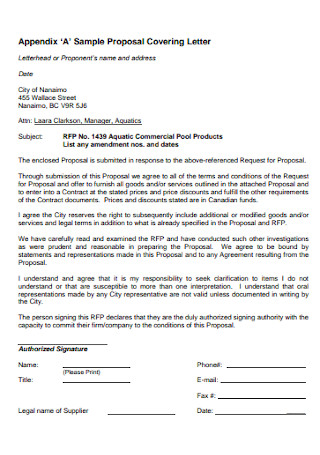
Sample Proposal Quotation Covering Letter
download now -
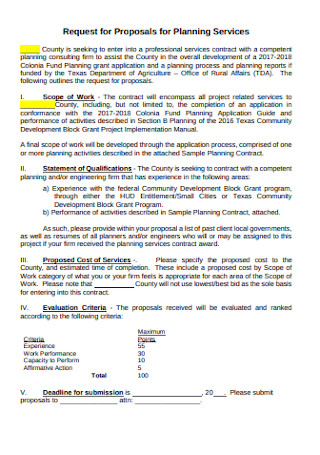
Non Profit for Proposal Letter
download now -
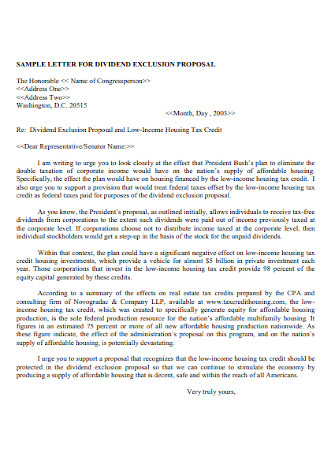
Dividend Exclusion Collaboration Proposal Letter
download now -
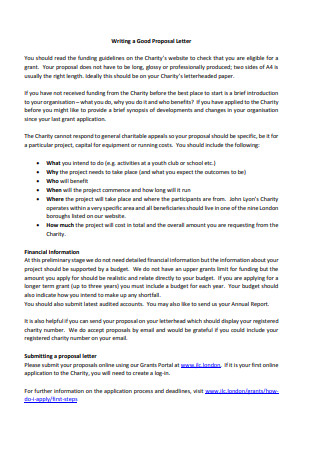
Good Training Proposal Letter
download now -
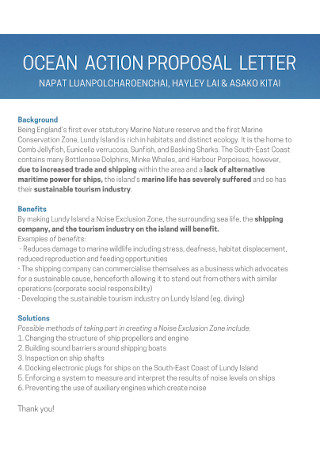
Action Travel Agency Proposal Letter
download now -

Senior Project Proposal Letter
download now -
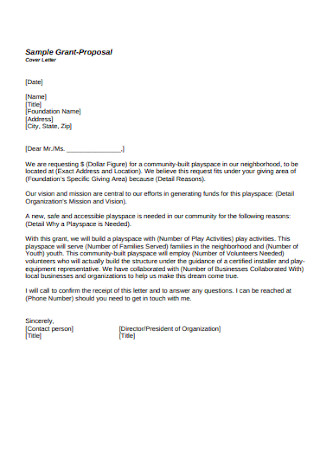
Grant Birthday Proposal Letter
download now -
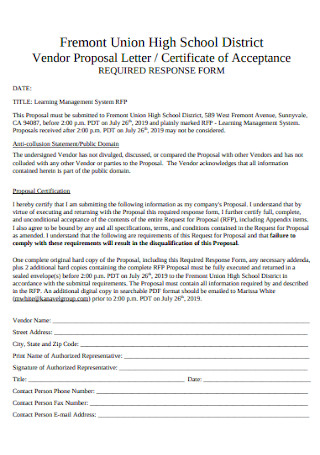
Vendor Proposal Letter
download now -
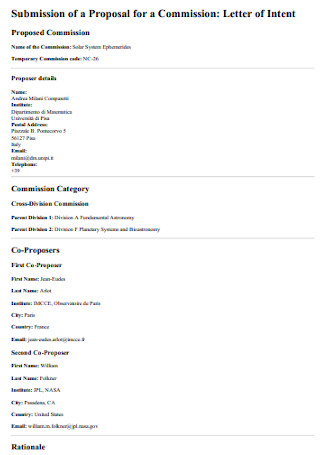
Commission Proposal Letter of Intent
download now -
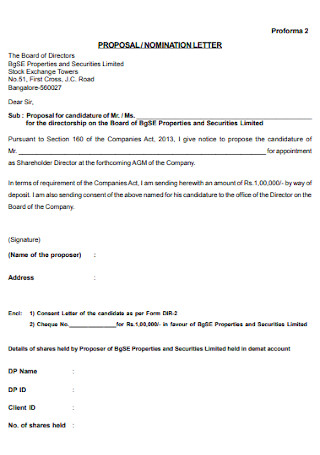
Proposal or Nomination Letter
download now -
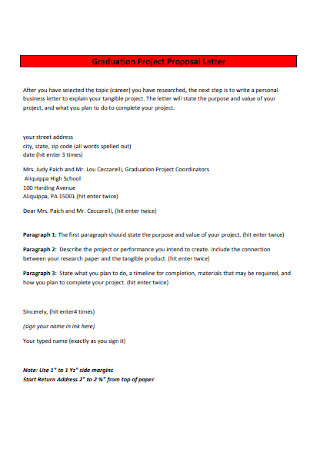
Graduation Project Proposal Letter
download now -
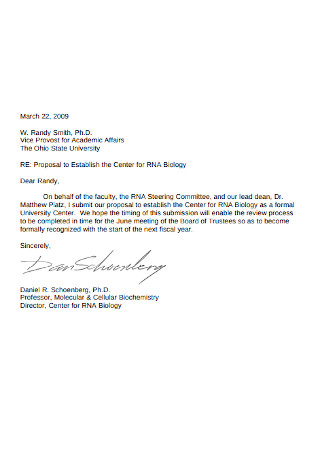
Proposal Submission Letter
download now -
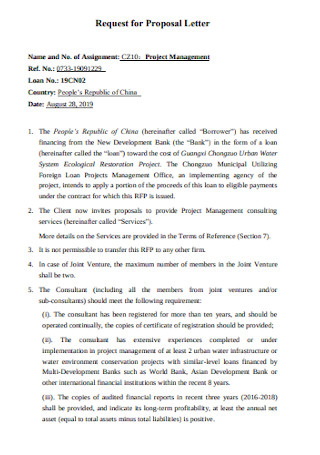
Project Management Request for Proposal Letter
download now -
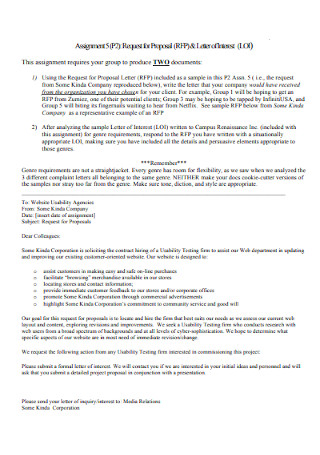
Request for Proposal Letter of Interest
download now -
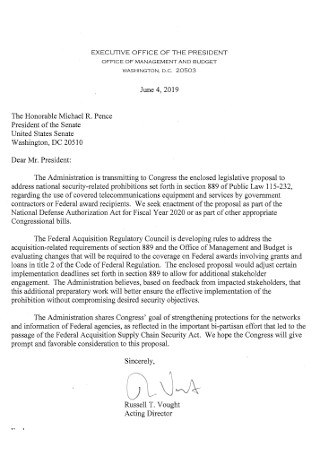
Legislative Proposal Letter Template
download now -
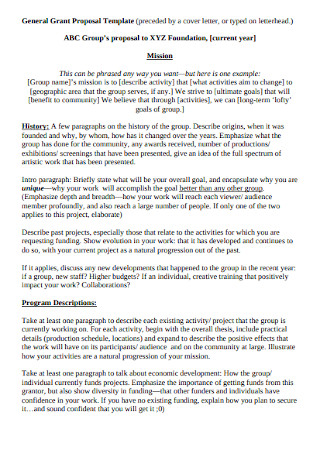
General Grant Proposal Letter
download now -
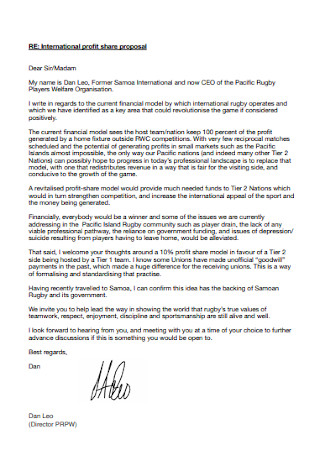
Profit Share Proposal Letter
download now -

Request for Proposal Letter to Auditing Firms
download now -
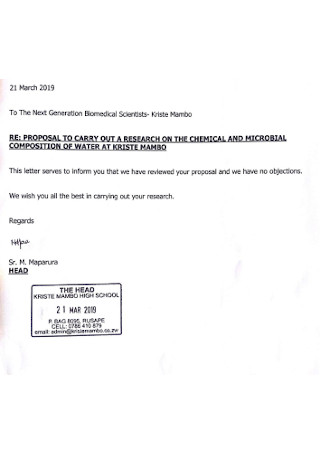
School Proposal Letter
download now -

Proposal Letter of Credit
download now -
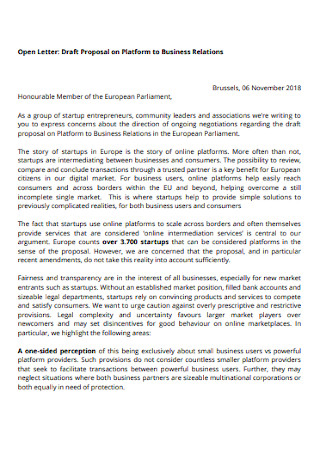
Draft Proposal Open Letter
download now -
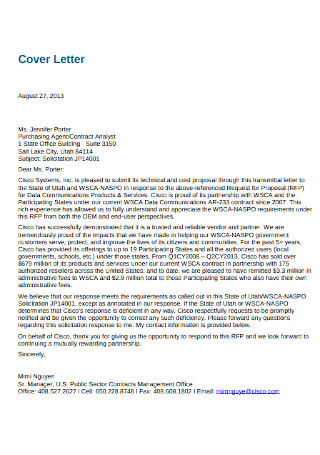
Response to Proposal Letter
download now -
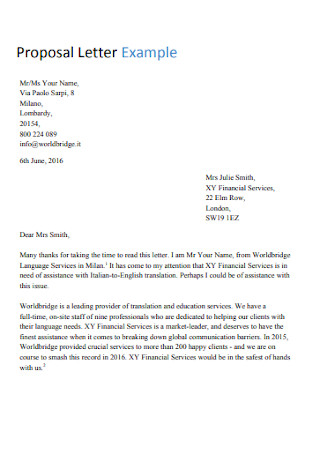
Proposal Letter Example
download now -

Call for Proposal Letter
download now -
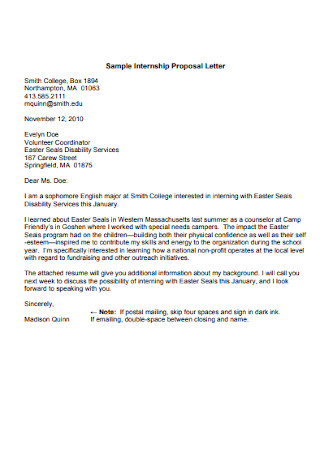
Internship Proposal Letter
download now -
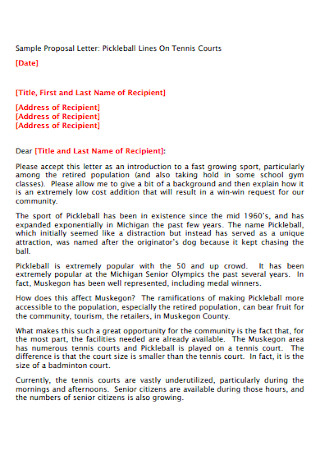
Tennis Courts Proposal Letter
download now -
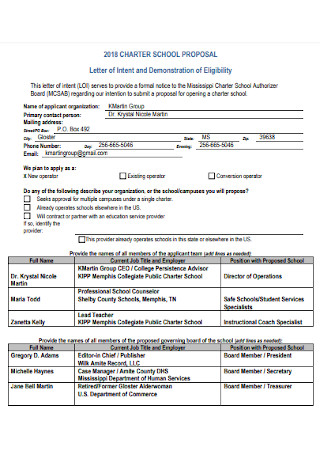
School Proposal Letter of Intent
download now -
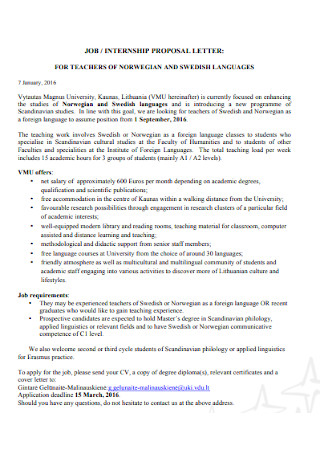
Job or Internship Proposal Letter
download now -
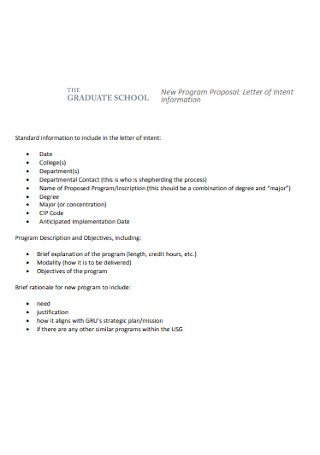
Program Proposal Letter
download now -
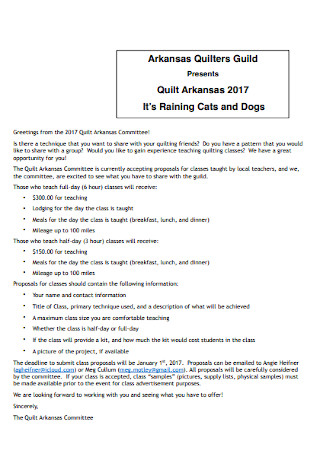
Teacher Proposal Letter
download now -
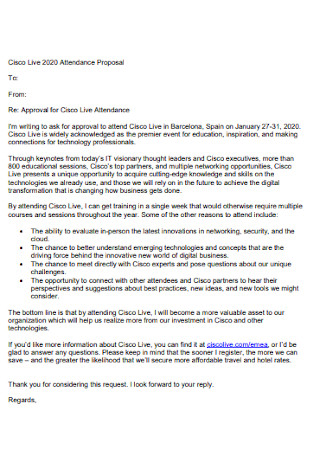
Attendance Proposal Letter
download now -
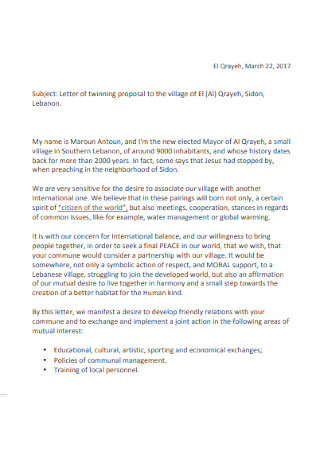
Twinning Proposal Letter
download now -
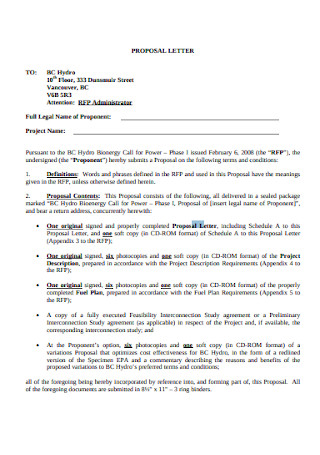
Standard Proposal Letter
download now -
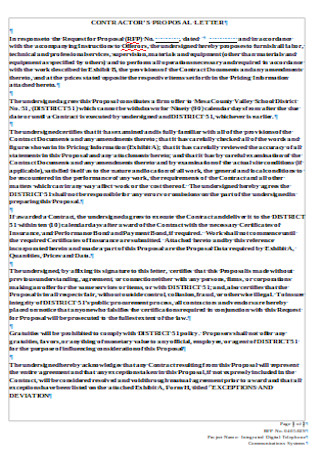
Contractors Proposal Letter
download now -
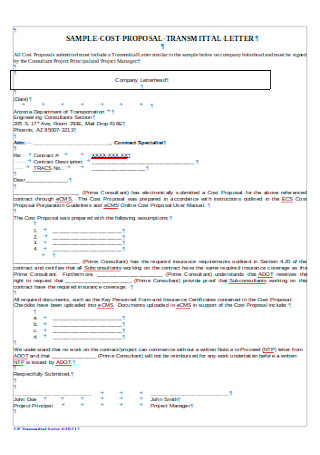
Cost Proposal Transmittal Letter
download now
FREE Proposal Letter s to Download
What is Proposal Letter?
Elements of a Proposal Letter
How to Write a Proposal Letter
Dos and Don’ts of Writing a Proposal Letter
How do you write a proposal letter?
How to write a proposal step-by-step?
What are the 3 C’s of proposal writing?
What are the 4 types of proposal writing?
What are 5 things all proposals should include?
What are the 4 C’s in proposal?
What is the structure of a proposal?
What are good proposal lines?
What should not be included in a proposal?
How to start a proposal?
How to write a proposal template?
What should a proposal look like?
What makes a good proposal?
Download Proposal Letter Bundle
Proposal Letter Format
[Your Name]
[Your Position]
[Your Company Name]
[Company Address]
[City, State, ZIP Code]
[Email Address]
[Phone Number]
[Date]
[Recipient’s Name]
[Recipient’s Position]
[Recipient’s Company/Organization Name]
[Recipient’s Address]
[City, State, ZIP Code]
Subject: Proposal for [Project/Service/Product]
Dear [Recipient’s Name],
We are pleased to present this proposal for [project/service/product] to [Recipient’s Company/Organization Name].
Introduction
Briefly introduce your company and the purpose of the proposal.
Objective
State the main objectives of the project or service.
Scope of Work
Outline the scope of work, including key activities and deliverables.
Timeline
Provide a timeline for the project or service.
Cost
Detail the cost structure and payment terms.
Conclusion
Summarize the proposal and express your interest in moving forward.
We look forward to the possibility of working with you.
Sincerely,
[Your Name]
[Your Position]
[Company Name]
What is Proposal Letter?
A proposal letter is a formal document written to propose a business idea, project, or request. It outlines the main points of the proposal, including objectives, methods, and anticipated outcomes. Proposal letters are commonly used in business, academic, and nonprofit sectors to present plans and seek approval or funding. A well-crafted proposal letter can make a significant impact and help secure the necessary support for your project.
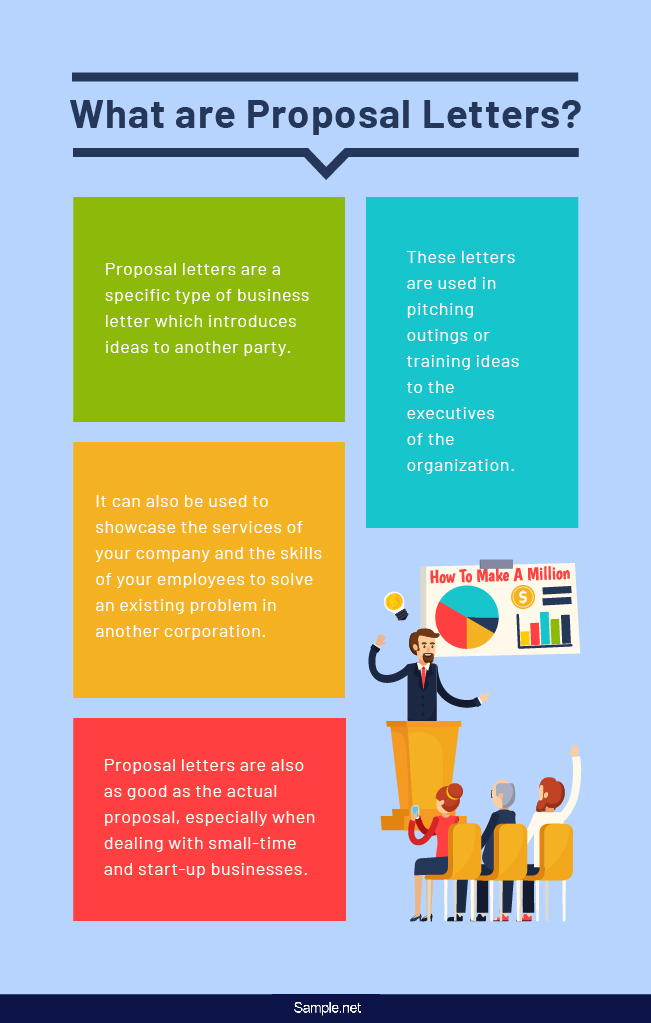
Elements of a Proposal Letter
As a type of usiness formal letter, this proposal letter needs to have key elements that make it an effective business communication tool. Like a machine, it needs to contain all the cogs and gears to work together seamlessly. These elements make the proposal letter distinct from other business letters. Despite the brevity of this letter, it has several factors that are essential in engaging potential partners and clients to consider and eventually accept the proposal.
How to Write a Proposal Letter
Proposal letters are crucial in entering business relations with clients. It is an element in one of the early steps of submitting a full-blown proposal. After presenting the letter, if the client is interested, they read through the supplementary documents and the proposal itself. Like this logical process, writing a letter also requires key steps to make it an effective proposal letter.
Step 1: Formulate a Formal Introduction
Business letters are formal means of communication between a company to a client, partner, and stakeholders. A proposal letter serves the same purpose. In creating one, start the letter with your best foot forward by addressing the recipient properly by using the correct salutations. After that, make sure to introduce the parties that are part of the pending agreement or contract. Above anything else, be straightforward. Present the main purpose of the letter in the first paragraph of the letter. Indicate your understanding of the client’s troubles. If there are several topics that need discussion, you can use a bullet-point format to give emphasis on these topics and ideas. The executives and other readers will appreciate the brevity and directness of a proposal letter. You may also see Construction Proposal
Step 2: Introduce the Proposed Solution
After a brief introduction and identification of the problem, the next paragraph of the letter should contain the proposed solution. This part of the letter is crucial because it is the main content and purpose, the proposal itself. If the letter serves as a cover letter for a full-blown proposal report, this part should only be a summary of the solution and its methods. Even if it is the main content of the letter, it should not be more than a paragraph. Make sure that you can explain the main idea of the proposal in fewer sentences. You can explain the reason behind coming up with the particular proposal and gloss over the necessary steps. You may also see Water Project Proposal
Step 3: List Down Benefits
To entice more clients to prefer your offer over the others, make reasons to make them choose you and prove it. List down all the things that the client can benefit from your potential partnership aside from the quality of your service. In construction biddings, aside from considering the cost of the proposed project, they also want a partner who can deliver on time and those that go above and beyond in delivering their service. As you draft your letter, think of all the best practices in your company that will also be highly beneficial for your client. Consider factors that will have a significant impact on work ethic and in your professional relationship with the client. But, make sure that you can live up and deliver all the benefits. Mishaps and failure to deliver can cost future business opportunities. You may also see Environmental Project Proposal
Step 4: End With a Compelling Conclusion
As you started the letter with the best foot forward, make sure to maintain it until the end to hook the reader and intrigue them to consider the full proposal and read through it as well. In closing your proposal letter, reiterate the importance of your proposal and its benefits, both short term and long term. Also, highlight the benefits the client can get when they grant and accept your proposal. And for proposal letters that aim to win the bidding, make sure to include a call to action in the last paragraph of the letter to prime the executives to make an immediate decision. Make sure that the closing statements effectively wrap up all the aforementioned ideas in the letter. It is also important to end the letter with proper salutations and regard. You can also include supporting documents such as budget plans, plan layouts, and the full proposal if it is already available.
Step 5: Follow up the Final Decision
Approval of proposals may take several business days. The client may promise a number of days before reaching out to give their final decision. If they are unable to deliver, it is proper to send in a follow-up letter about the decision. In this second letter, include a summary of the previous letter and add the request. Do not forget the proper salutations at the beginning and end of the letter. Following up the client regarding the proposal is beneficial to both parties. The client can see that your interest in working with them is genuine. On the flip side, the follow-up letter can be a reminder for the client if ever they forgot about it because there were other more pressing and urgent projects. You may also see Sports Event Proposal
Dos and Don’ts of Writing a Proposal Letter
There are certain guidelines to follow and remember when writing a proposal letter. These guidelines serve as practical frameworks to ensure that the output is in its best version. Writing a letter may seem simple. But, it needs to follow a format and needs to include key ideas that are essential for the possible partnership that will be formed after the acceptance of the proposal.
Dos
1. Do aim for a one of a kind letter
When pitching an idea, make sure to draft a winning letter. One that is sure to capture the interest and intrigue the clients. One simple way of creating an outstanding proposal is to do away from standard materials, and tailor-fit the contents according to the needs of the client. In this simple way, the client can make sure that you understand their needs and you can easily accommodate them. A notable letter doesn’t need to have elaborate formats, it needs to have quality content that caters to the need of the client.
2. Do provide what is asked, not what you prefer
A proposal is a response to the needs of the client. Always keep in mind that the clients require your services and less likely your opinion on their internal matters. So, it is crucial to adhere to their demands and provide the best version of what they need. You can include some recommendations and modifications that are within the bounds of your professional style and methods, but you need to introduce and explain it to your clients.
3. Do use easy to understand terms
Since you are proposing an idea to a group of people who are not well-acquainted with your line of work, make sure to communicate effectively by using basic terms. Do away from using technical and difficult terms especially when it can be communicated using more familiar synonyms. If its use cannot be avoided, make sure to explain it properly and briefly. And remember to limit its use even if the letter relatively short. Using difficult words also creates a gap between the content and the reader. You may also see Job Letter of Recommendation
Don’ts
1. Do not overlook formatting
In writing letters, people may have a misconception of weighing the difference between the content and the format. Both are equally important and pull equal weight in the decision-making process of the client. No matter how well-written the contents of the letter are, its format and appearance appeal to the readers to pick it up and make them want to read it completely. The format is the face of the letter, it leaves an impression to the reader. The alignments and the arrangement of the elements show if it was well-thought off and not made minutes before its submission.
2. Do not exaggerate your capabilities
An essential element in a proposal letter is the list of differentiating and beneficial factors that the clients can make the most of. This list is also an avenue to show off your qualifications. But, the catch is that you need to live up to all the things that were listed down. If you are not able to deliver, it can significantly affect the reputation of your company and block future business opportunities. You may also see Explanatory Letter
How do you write a proposal letter?
Writing a proposal letter involves clearly outlining your ideas and persuading the recipient to consider your proposal. Follow these steps:
- Start with a Polite Greeting: Address the recipient formally and respectfully.
- Introduce Yourself and Purpose: Briefly introduce yourself and state the purpose of your proposal.
- Detail the Proposal: Provide a clear and concise explanation of your proposal.
- Highlight Benefits: Explain how your proposal will benefit the recipient.
- Conclude with a Call to Action: Politely ask for a meeting or further discussion and provide your contact details. This structure works well for Training Proposal.
How to write a proposal step-by-step?
Writing a proposal involves several detailed steps to ensure clarity and persuasiveness. Here’s a step-by-step guide:
- Research and Understand the Audience: Know who you are writing to and their specific needs.
- Define the Objective: Clearly state the purpose and goals of your proposal.
- Develop the Content: Outline the main points and structure them logically.
- Write the Draft: Start with a strong introduction, detailed body, and compelling conclusion.
- Review and Revise: Edit for clarity, coherence, and correctness before finalizing. This method is suitable for creating a Hotel Proposal.
What are the 3 C’s of proposal writing?
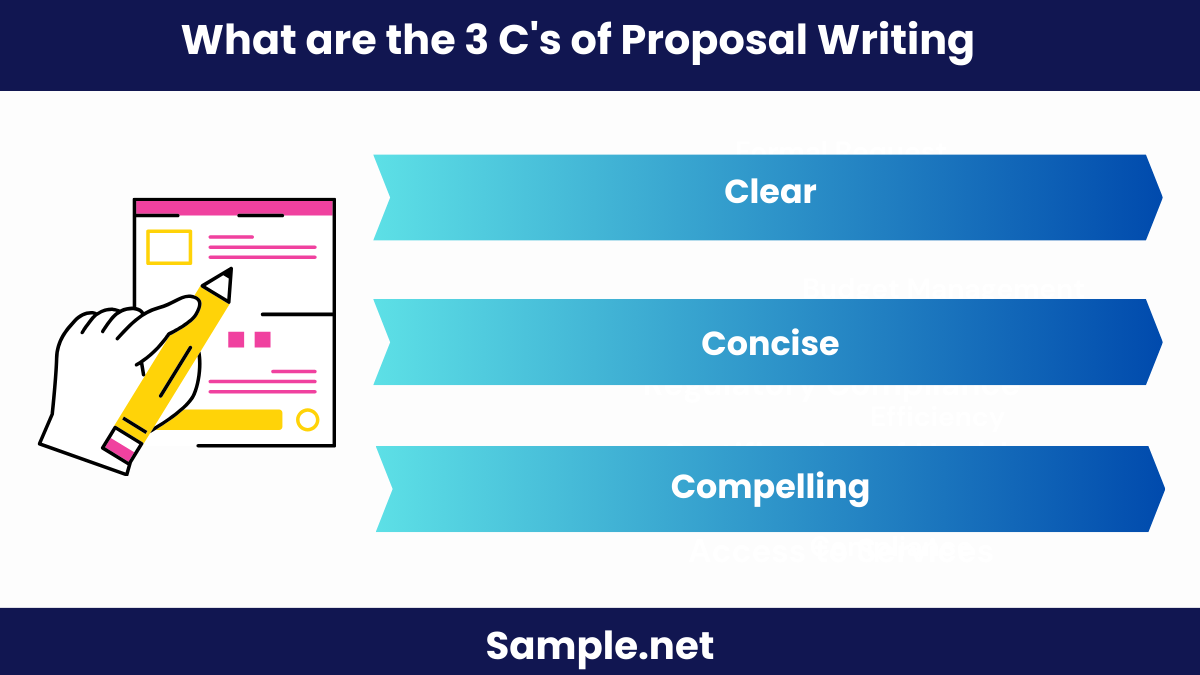
The 3 C’s of proposal writing are crucial for crafting a compelling document. They are:
- Clear: Ensure your proposal is easy to understand without any ambiguity.
- Concise: Be brief and to the point, avoiding unnecessary details.
- Compelling: Make your proposal interesting and persuasive to grab the recipient’s attention. These principles apply to Sports Proposal.
What are the 4 types of proposal writing?
There are four main types of proposal writing, each serving a specific purpose:
- Formally Solicited Proposals: Requested by clients or organizations, with specific guidelines.
- Informally Solicited Proposals: Requested without formal guidelines, more flexible in format.
- Unsolicited Proposals: Not requested but submitted proactively by the proposer.
- Continuation or Renewal Proposals: Requesting additional funding or extending ongoing projects. These categories include Sales Proposal.
What are 5 things all proposals should include?
All proposals should include these five essential elements to be effective:
- Executive Summary: A brief overview of the proposal’s main points.
- Statement of Need: Clearly outline the problem or need your proposal addresses.
- Project Description: Detailed explanation of your proposed solution or project.
- Budget: Clear breakdown of costs involved in the project.
- Conclusion and Call to Action: Summarize the proposal and encourage the recipient to act. This applies to a Data Entry Proposal as well.
What are the 4 C’s in proposal?
The 4 C’s in proposal writing are critical for creating a persuasive document:
- Clear: Ensure all parts of the proposal are easy to understand.
- Concise: Keep information brief and relevant.
- Correct: Provide accurate information and check for errors.
- Compelling: Make your proposal engaging and persuasive to the reader. These principles should be followed for any Validation Letter.
What is the structure of a proposal?
A proposal structure includes an introduction, problem statement, objectives, methodology, budget, and conclusion. This structure ensures clarity and coherence, similar to a well-organized Appraisal Letter.
What are good proposal lines?
Good proposal lines are clear, concise, and compelling. Examples include “We propose a solution that will save costs by 20%,” and “Our approach ensures rapid implementation and measurable results,” akin to an effective Excuse Letter.
What should not be included in a proposal?
Avoid including irrelevant details, exaggerated claims, and ambiguous language in a proposal. Focus on clarity and precision, ensuring the proposal remains professional, like an Authorization Letter.
How to start a proposal?
Start a proposal with a strong introduction that outlines the purpose and relevance of your proposal. Begin with a compelling hook and a clear objective, similar to starting a Consent Letter.
How to write a proposal template?
To write a proposal template, include sections for introduction, objectives, methodology, budget, and conclusion. Ensure it is structured and professional, much like a Letter of Employment.
What should a proposal look like?
A proposal should be clear, well-organized, and professional. It should include headings, subheadings, and bullet points for readability, similar to a To Whom It May Concern Letter & Email.
What makes a good proposal?
A good proposal is clear, concise, and compelling. It addresses the problem, offers a solution, includes a budget, and concludes with a strong call to action, similar to an effective Event Invitation Letter.
In conclusion, a well-written proposal letter is a powerful tool for presenting your ideas and securing support. This guide has provided you with a comprehensive understanding of how to write an effective proposal letter, complete with Sample Letters, forms, and practical uses. Whether you’re drafting a business proposal or seeking funding for a project, following these guidelines will help you create a compelling document. Remember, the clarity and professionalism of your proposal letter can significantly influence its success. For additional guidance, refer to our tips on crafting a Simple Resignation Letter.

